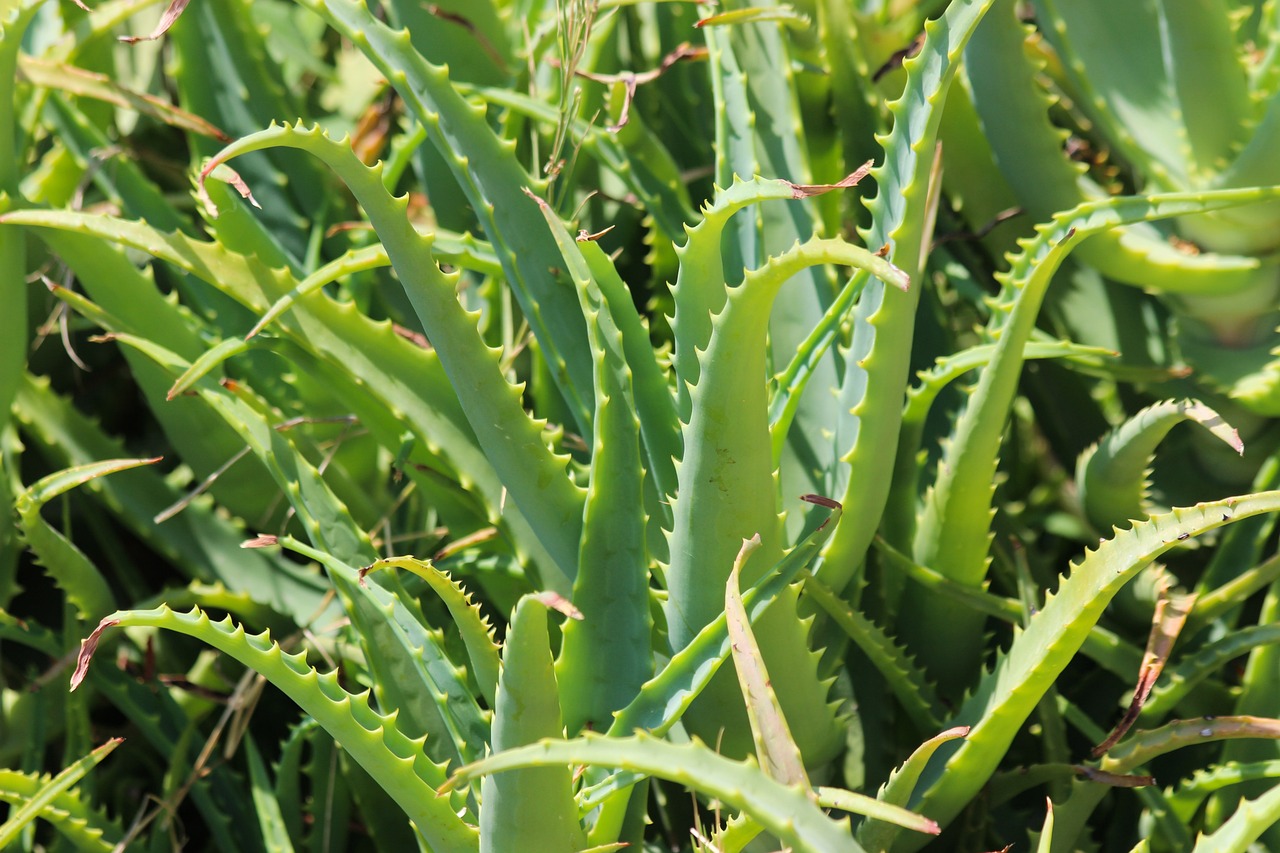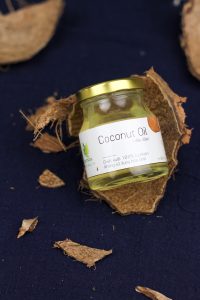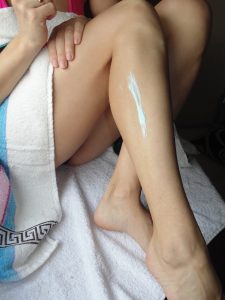
Aloe vera, known as a “wonder plant,” has been utilized for centuries in traditional medicine and skincare. Its gel-like substance provides numerous benefits for healthy skin, including soothing sunburns and deep hydration. The plant is rich in vitamins A, C, E, and B12, which are antioxidants that protect the skin. It also contains enzymes that reduce inflammation, 20 of the 22 essential amino acids, polysaccharides for skin repair, and key minerals like zinc, calcium, and magnesium. This combination of nutrients makes aloe vera a powerful remedy for various skin issues. This article explores the benefits of aloe vera for various skin types, effective ways to use it, and its essential role in a skincare routine.
- Moisturizes and Hydrates the Skin- Aloe vera gel is predominantly water, making it highly effective for skin hydration. It deeply penetrates the skin, providing moisture to the lower layers and leaving the skin soft and supple. Rich in polysaccharides, it forms a protective barrier that locks in moisture, preventing water loss and maintaining hydration without clogging pores, making it suitable for all skin types. Additionally, aloe vera is loaded with essential vitamins, enzymes, and amino acids that nourish, repair, and rejuvenate the skin, promoting a healthy and glowing complexion. Aloe vera gel is an ideal lightweight and non-greasy moisturizer. It can be applied after cleansing, serving as a makeup base in the morning or providing hydration overnight.
- Soothes Sunburns- Aloe vera offers immediate relief for sunburned skin due to its cooling effect, which soothes discomfort and irritation. It has anti-inflammatory properties that reduce pain, swelling, and redness, aiding healing. The high water content in aloe vera helps hydrate dehydrated skin, preventing dryness and peeling while promoting recovery. Additionally, the presence of antioxidants like vitamins A, C, and E repairs UV damage and promotes skin regeneration, reducing long-term harm. Aloe vera enhances skin regeneration and healing by boosting the production of fibroblast cells, which are key for collagen production. This increased collagen aids in quicker skin repair, minimizing peeling and resulting in healthier skin after sunburn. Additionally, aloe vera has antiseptic properties that protect the skin from infections, ensuring a smoother healing process by keeping the area clean and free of harmful bacteria. Apply aloe vera gel to sunburned skin and let it absorb for 30 minutes before rinsing with cool water. Refrigerating the gel beforehand can enhance the cooling effect.
- Fights Acne and Breakouts- Aloe vera contains antimicrobial compounds like saponins and anthraquinones that inhibit the growth of acne-causing bacteria, thereby reducing infection risks and preventing breakouts. It also has glycolic acid, which gently exfoliates the skin, helping to prevent clogged pores. Regular use of aloe vera promotes cell regeneration, aiding in the reduction of acne scars and improving skin texture. Additionally, it helps balance sebum production, preventing excess oil that can lead to acne. For acne treatment, mixing aloe vera gel with tea tree oil can soothe inflammation while combating bacteria responsible for pimples.
- Reduces Signs of Ageing- Aloe vera boosts collagen and elastin production, improving skin structure and reducing fine lines and wrinkles for a firmer appearance. Its high water content provides effective hydration, keeping the skin plump and elastic while minimizing dryness that can age the skin. Rich in antioxidants like vitamins A, C, and E, aloe vera protects against oxidative stress and free radical damage, helping maintain a youthful look. Additionally, it can reduce hyperpigmentation by promoting cell turnover and regeneration, resulting in a more even skin tone. Aloe vera helps soothe and calm the skin by reducing inflammation and irritation, which can lead to premature aging. Its anti-inflammatory properties maintain a youthful complexion. Additionally, aloe vera promotes skin repair by enhancing cell regeneration and contains vitamin B12 and amino acids that aid the healing of damaged skin. Regular use can diminish scars and blemishes, contributing to a more youthful appearance. A mask made from aloe vera gel and honey can be used to hydrate and nourish the skin, further reducing signs of aging.
Precautions- Aloe vera is usually safe for most skin types, but it’s advisable to perform a patch test, especially for sensitive skin. Apply a small amount of gel on your wrist and wait 24 hours to check for any reactions. When selecting store-bought aloe vera gels, choose those that do not contain harmful additives like artificial fragrances, parabens, and alcohol.
-Triparna







